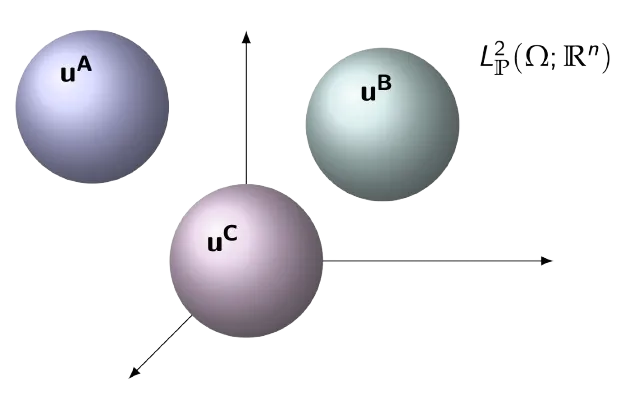Stochastic Features
Application: Alzheimer’s and cancer applications
In this paper we develop a Multilevel Orthogonal Subspace (MOS) Karhunen-Loeve feature theory based on stochastic tensor spaces, for the construction of robust machine learning features. Training data is treated as instances of a random field within a relevant Bochner space. Our key observation is that separate machine learning classes can reside predominantly in mostly distinct subspaces. Using the Karhunen-Loeve expansion and a hierarchical expansion of the first (nominal) class, a MOS is constructed to detect anomalous signal components, treating the second class as an outlier of the first. The projection coefficients of the input data into these subspaces are then used to train a Machine Learning (ML) classifier. These coefficients become new features from which much clearer separation surfaces can arise for the underlying classes. Tests in the blood plasma dataset (Alzheimer's Disease Neuroimaging Initiative) show dramatic increases in accuracy. This is in contrast to popular ML methods such as Gradient Boosting, RUS Boost, Random Forest and (Convolutional) Neural Networks.



